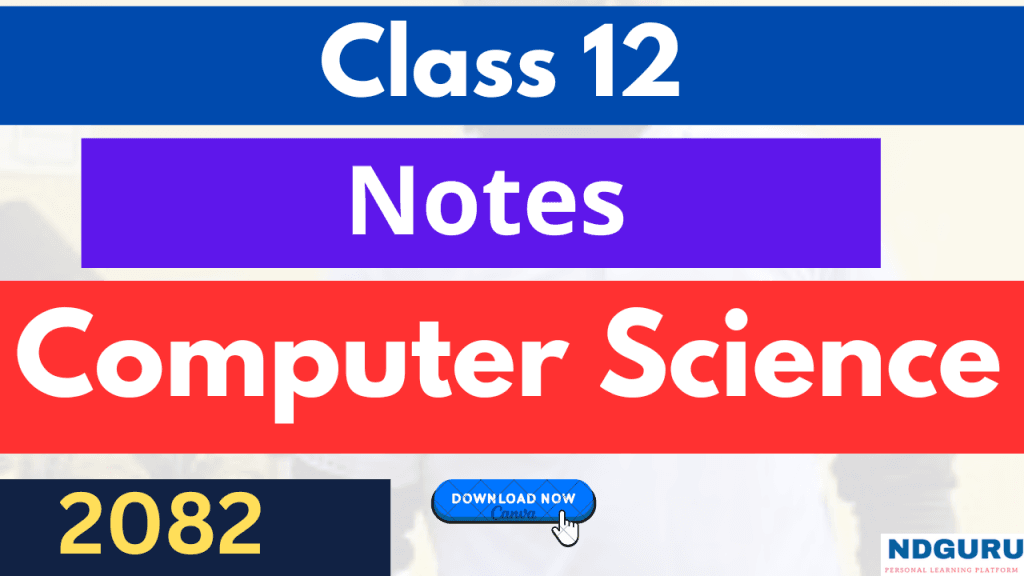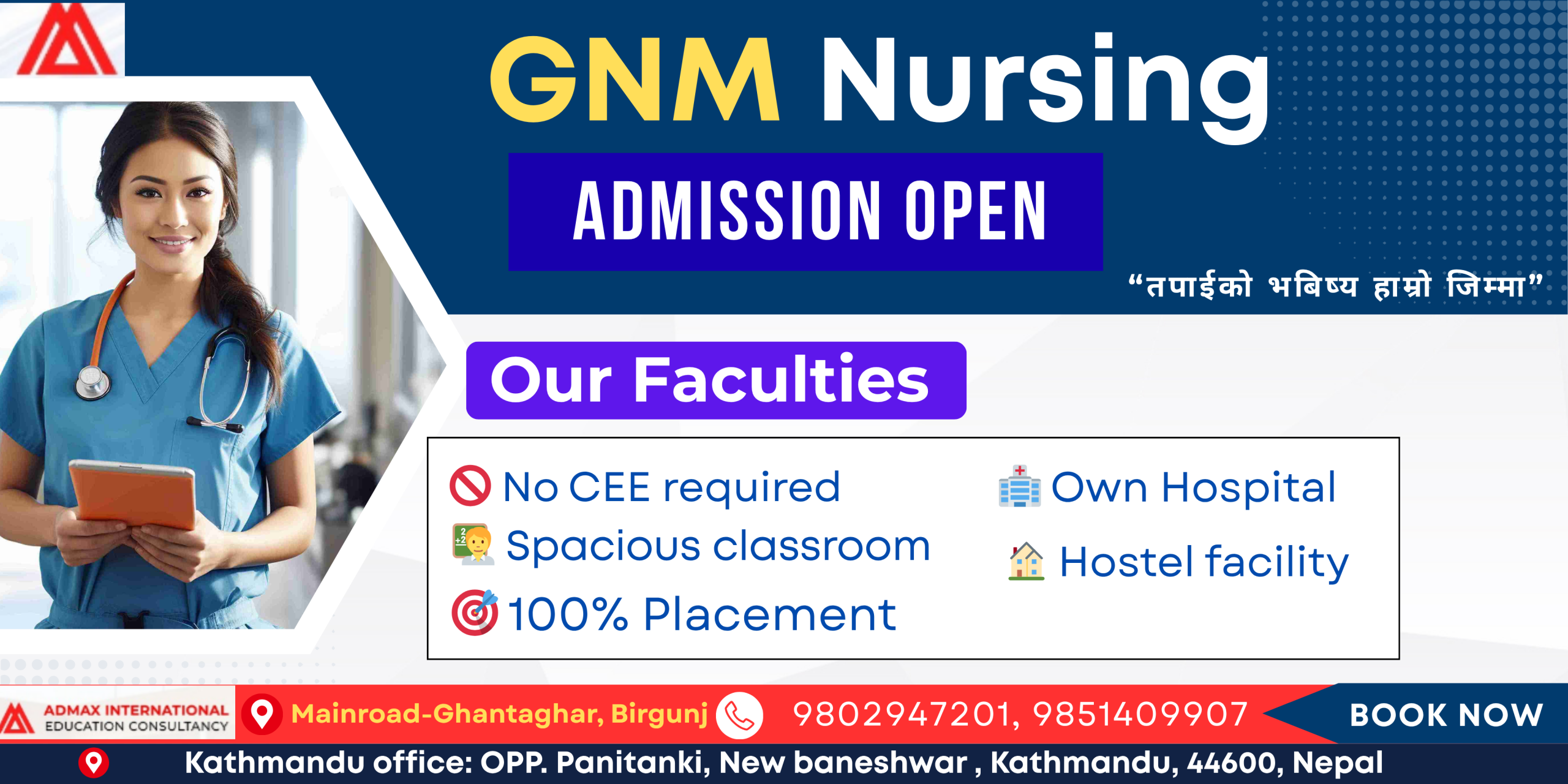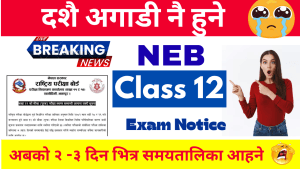Struggling with NEB Class 12 Computer Science exams? Whether you’re prepping for the 2081/2082 board exams or need quick revisions, NDGURU NEB Class 12 Computer Science Notes are your ultimate resource! Aligned with the latest NEB syllabus (updated 2076/2080), these notes cover all 7 content sections: Database Management, Networking, Web Technology II, Programming in C, Object-Oriented Programming (OOP), Software Process Models, and Recent Trends in Technology. Designed by expert Nepali educators, they’ve helped over 5,000 students score 85%+ in recent exams.
Class 12 Computer Science Notes – NDGURU
| Chapters | Notes / Solution |
|---|---|
| Database | View / Download |
| Networking | View / Download |
| Web Technology – II | View / Download |
| Programming in C | View / Download |
| Object-Oriented Programming (OOP in C++) | View / Download |
| Software Process Model | View / Download |
| Computer Peripherals | View / Download |
| Web Technology (Course) | View / Download |
| Recent Trends in Technology | View / Download |
Chapter-wise Summary Notes
1. Database (DBMS & SQL)
- Definition: Organized collection of data.
- DBMS Functions: Storage, Retrieval, Security, Integrity.
- Keys: Primary, Foreign, Candidate.
- SQL:
CREATE, INSERT, UPDATE, DELETE, SELECT.
Example:
CREATE TABLE Student(
Roll INT PRIMARY KEY,
Name VARCHAR(50),
Marks INT
);
2. Networking
- Types: LAN, MAN, WAN.
- Topologies: Bus, Star, Ring, Mesh.
- Models: OSI (7 Layers), TCP/IP (4 Layers).
- Protocols: HTTP, FTP, SMTP, TCP, UDP.
- Security: Encryption, Firewall, VPN.
3. Web Technology – II
- HTML Basics:
<html>, <head>, <body>, <a>, <img> - CSS: Inline, Internal, External.
- JavaScript: Variables, Functions, Events.
Example HTML:
<!DOCTYPE html>
<html>
<head><title>NDGURU</title></head>
<body>
<h1>Welcome to Class 12 Web Tech</h1>
</body>
</html>
4. Programming in C
- Features: Structured, Compiled, Portable.
- Data Types: int, float, char.
- Control Statements: if, switch, loops.
- Functions: call by value, call by reference.
Example:
#include<stdio.h>
int main(){
int a=10,b=20;
printf("Sum=%d", a+b);
return 0;
}
5. Object-Oriented Programming (OOP in C++)
- Concepts: Class, Object, Inheritance, Polymorphism, Encapsulation.
- Constructor & Destructor.
Example:
#include<iostream>
using namespace std;
class Student{
public:
string name;
void display(){ cout << "Name: " << name; }
};
int main(){
Student s1; s1.name="Naugindar"; s1.display();
}
6. Software Process Model
- Models: Waterfall, Spiral, Prototyping, Agile.
- SDLC Phases: Requirement → Design → Coding → Testing → Maintenance.
7. Computer Peripherals
- Input Devices: Keyboard, Mouse, Scanner.
- Output Devices: Monitor, Printer, Speakers.
- Storage: HDD, SSD, Pen drive.
8. Web Technology (Course)
- Front-end vs Back-end.
- Client-Server Architecture.
- Web Servers (Apache, Nginx), Databases (MySQL).
- Scripting: PHP, JavaScript.
9. Recent Trends in Technology
- AI & Machine Learning.
- Cloud Computing.
- Internet of Things (IoT).
- Big Data.
- Blockchain.
- Cybersecurity.

FAQs: NDGURU NEB Class 12 Computer Science Notes
What is the passing mark for NEB Class 12 CS?
35% overall (Theory + Practical). Aim for 40+ in theory!
Are these notes updated for 2081/2082 syllabus?
Yes! Fully aligned with NEB’s new grid and curriculum .
How to download NEB Class 12 CS notes PDF?
Click chapter links above—free, no login. For full pack, use ZIP.
You May Also Like: Top Picks from NDGURU
Loved our NEB Class 12 Computer Science Notes? Explore these free resources for NEB and TU exams to boost your prep!
- NEB Class 12 Optional English Model Questions 2082 (PDF) Solved model set with grammar and essay tips. Perfect for English alongside CS. Download PDF
- BBS 2nd Year OB & HRM Notes 2082 (TU – PDF) Key theories and PYQs for Organizational Behavior. Great for IT project insights. Download PDF
- BBS 2nd Year Cost & Management Accounting Questions 2082 (TU – PDF) Solved problems for costing. Useful for CS students in business applications. Download PDF


 NEB-2082
NEB-2082